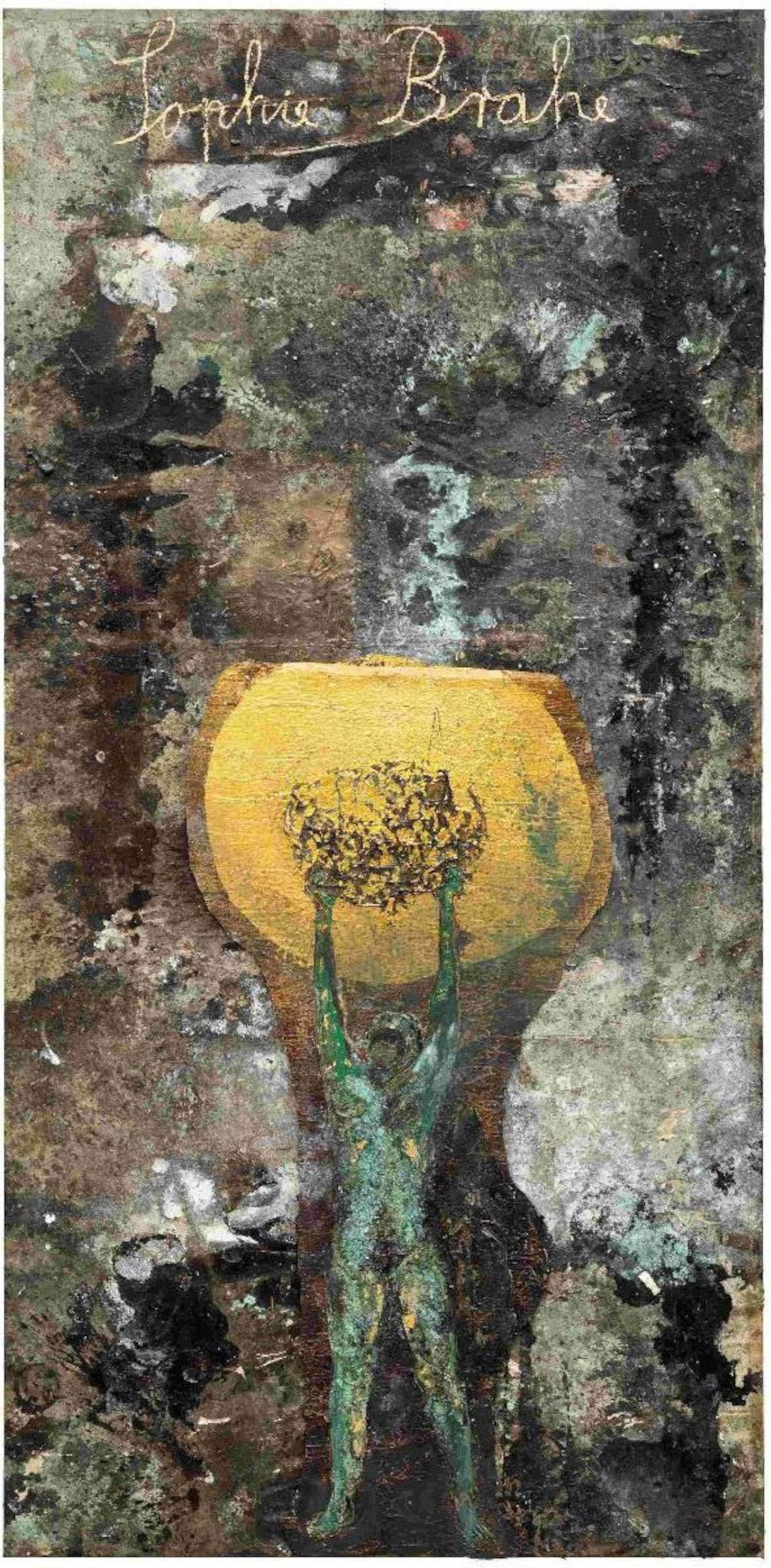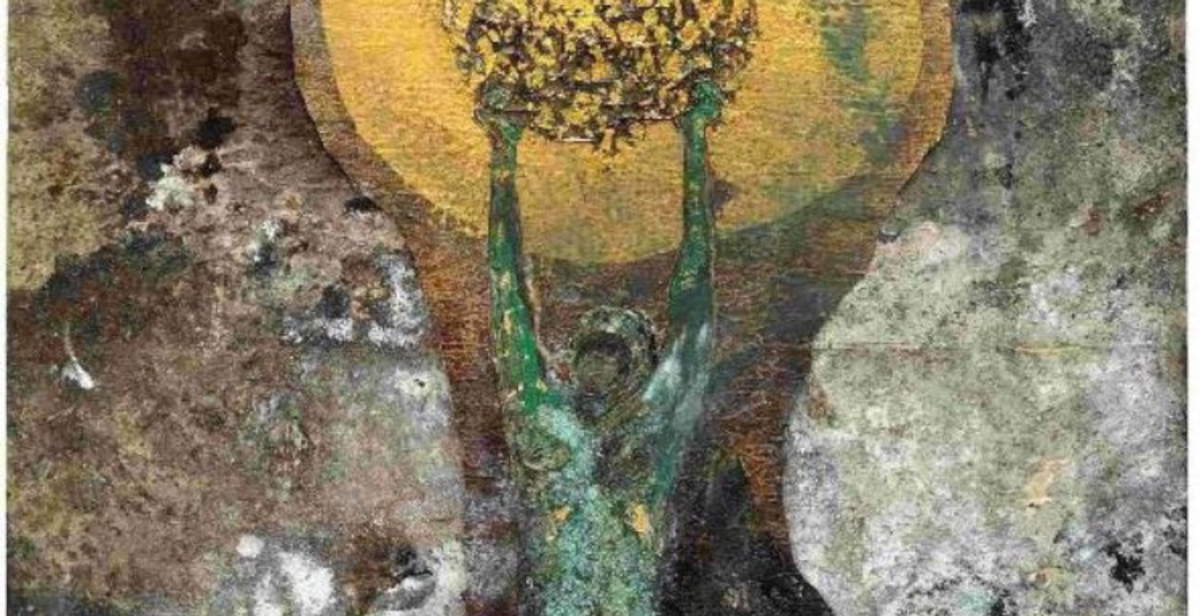A tribute to female memory, concealed knowledge and transformation as a universal principle. From Feb. 7, 2026, the Sala delle Cariatidi of the Palazzo Reale in Milan will host Le Alchimiste, a monumental, site-specific project by Anselm Kiefer, among the most influential contemporary artists. The exhibition, promoted by the Municipality of Milan - Culture and produced by Palazzo Reale and Marsilio Arte, with contributions from Gagosian and Galleria Lia Rumma and the support of Unipol and Banca Ifis, is part of the cultural program linked to the Milan-Cortina 2026 Winter Olympic Games. Curated by art historian Gabriella Belli, the exhibition will be on view until September 2026 and is one of the most anticipated events of the exhibition season.
After the cycle of works created for international museum spaces such as the Grand Palais in Paris and the Venice Biennale, Kiefer returns to Italy with a project that interweaves myth, history and identity, questioning the role of women in the birth of scientific thought and in Western culture. The centerpiece of the exhibition is thirty-eight large canvases specially conceived to dialogue with the architecture and memory of the Sala delle Cariatidi, a symbolic place of Milanese history. The space, scarred by the wounds of the bombings of 1943, has over the years become the setting for emblematic exhibitions, including the one in 1953 that hosted Picasso’s Guernica. In this setting suspended between splendor and ruin, Kiefer constructs a pictorial narrative that reflects on the relationship between creation and destruction, memory and rebirth.
The title The Alchemists refers to the female figures who, between the Middle Ages and the Renaissance, devoted themselves to alchemical and medical experimentation. Women often forgotten, whose research anticipated methods and insights that flowed into modern science. Among them emerges the figure of Caterina Sforza, daughter of the Duke of Milan Galeazzo Maria Sforza, who lived between the 15th and 16th centuries: scientist, condottiera and author of a manuscript with more than four hundred alchemical, cosmetic and therapeutic formulas and recipes. To her, and to others such as Isabella Cortese, Mary the Jew, Marie Meudrac, Rebecca Vaughan, Mary Anne Atwood and Anne Marie Ziegler, Kiefer restores face and matter, building an alternative female pantheon to that of official history.

Through his dense, layered and textured painting, Kiefer gives substance to a vision that combines history and imagination. The canvases are populated with evanescent figures, alchemical symbols, and signs that refer to processes of combustion and rebirth. The materials-lead, ash, gold, pigments and organic residues-become narrative tools of a language in which painting becomes living substance, in constant metamorphosis. Each painting is conceived as an act of resurrection: faces and bodies emerge from corroded surfaces, evoking the struggle between light and darkness, knowledge and oblivion. Kiefer interprets the alchemical motto Obscurum per obscurius, ignotum per ignotius (“the obscure through the most obscure, the unknown through the even more unknown”), inviting the visitor on a path of introspection and discovery. Her work, which has always been shot through with references to mythology, history and common memory, finds in the figure of the female alchemist a new declination of generative and redemptive power. Alchemy, understood as the transformation of matter and spirit, becomes a metaphor for painting itself: a process in which fire, oxidation and decomposition are translated into image and knowledge.
Le Alchimiste constructs an autonomous symbolic universe, where myth and science, art and philosophy intertwine. The protagonists of the canvases are not represented as static figures, but as presences poised between corporeality and transparency, between appearance and dissolution. Kiefer evokes their intuitive intelligence, their discipline, their ability to observe and interpret nature through practical and experimental knowledge. His alchemists seek a balance between body and spirit, between matter and transformation. Milan is also an integral part of the project. The city, which welcomed Leonardo da Vinci and was the scene of Renaissance scientific and artistic experiments, finds in the figure of Caterina Sforza a direct link with its own tradition.
The choice of Palazzo Reale and the Sala delle Cariatidi reinforces the dialogue between the historical memory of the place and the contemporary vision of the German artist. The exhibition thus takes on a double significance: on the one hand, it pays tribute to women of science and thought; on the other, it restores meaning to a space marked by history and fragility. The opening of Le Alchimiste will coincide with the opening of the Milan-Cortina 2026 Winter Olympic Games, fitting into the program of events accompanying the event. The catalog, published by Marsilio Arte, is edited by Gabriella Belli and includes essays by Natacha Fabbri, Gabriele Guercio and Lawrence Principe, offering an in-depth look at the relationship between art, alchemy and the feminine in Kiefer’s poetics. Access to the exhibition will be by online reservation, for both individual visitors and groups.
 |
| Anselm Kiefer brings Le Alchimiste to Milan: female memory at Palazzo Reale |
Warning: the translation into English of the original Italian article was created using automatic tools. We undertake to review all articles, but we do not guarantee the total absence of inaccuracies in the translation due to the program. You can find the original by clicking on the ITA button. If you find any mistake,please contact us.